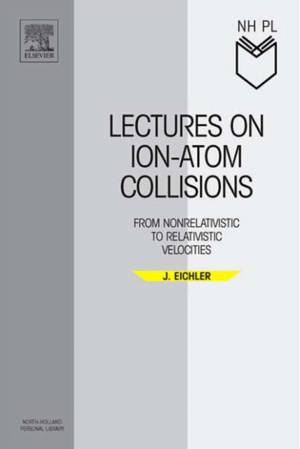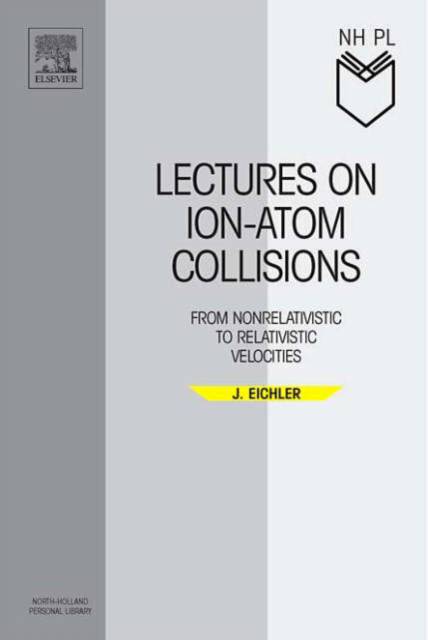
- Afhalen na 1 uur in een winkel met voorraad
- Gratis thuislevering in België vanaf € 30
- Ruim aanbod met 7 miljoen producten
- Afhalen na 1 uur in een winkel met voorraad
- Gratis thuislevering in België vanaf € 30
- Ruim aanbod met 7 miljoen producten
Zoeken
€ 75,45
+ 150 punten
Omschrijving
Atomic collisions offer some unique opportunities to study atomic structure and reaction mechanisms in experiment and theory, especially for projectiles of high atomic number provided by modern accelerators. The book is meant as an introduction into the field and provides some basic theoretical understanding of the atomic processes occurring when a projectile hits another atom. It also furnishes the tools for a mathematical description, however, without going deeper into the technical details, which can be found in the literature given. With this aim, the focus is on reactions, in which only a single active electron participates. Collisional excitation, ionization and charge transfer are discussed for collision velocities ranging from slow to comparable to the
speed of light. For the highest projectile velocities, energy can be converted into mass, so that electron-positron pairs are created. In addition to the systematic treatment, a theoretical section specializes on electron-electron
correlations and three chapters are devoted to selected highlights bordering to surface science and to physics with antiprotons.
speed of light. For the highest projectile velocities, energy can be converted into mass, so that electron-positron pairs are created. In addition to the systematic treatment, a theoretical section specializes on electron-electron
correlations and three chapters are devoted to selected highlights bordering to surface science and to physics with antiprotons.
Specificaties
Betrokkenen
- Auteur(s):
- Uitgeverij:
Inhoud
- Aantal bladzijden:
- 272
- Taal:
- Engels
- Reeks:
Eigenschappen
- Productcode (EAN):
- 9780444520470
- Verschijningsdatum:
- 1/11/2005
- Uitvoering:
- Paperback
- Formaat:
- Trade paperback (VS)
- Afmetingen:
- 145 mm x 212 mm
- Gewicht:
- 430 g

Alleen bij Standaard Boekhandel
+ 150 punten op je klantenkaart van Standaard Boekhandel
Beoordelingen
We publiceren alleen reviews die voldoen aan de voorwaarden voor reviews. Bekijk onze voorwaarden voor reviews.











